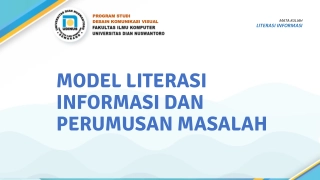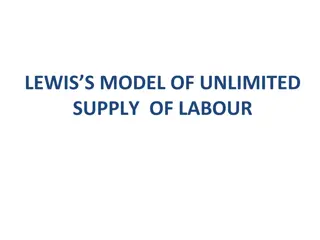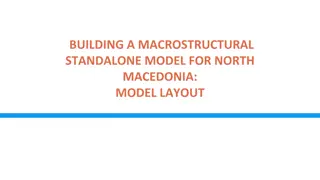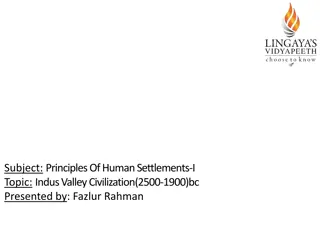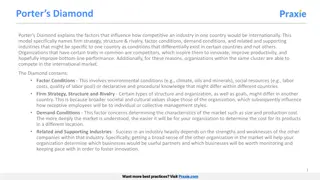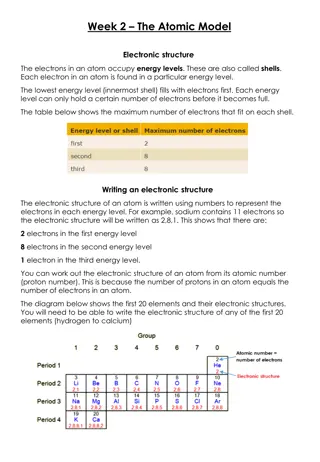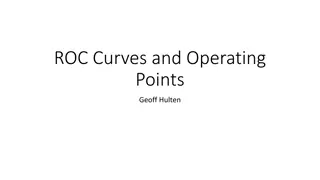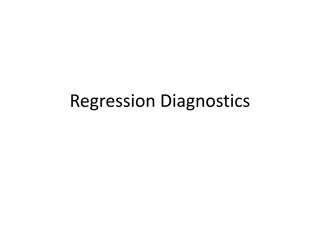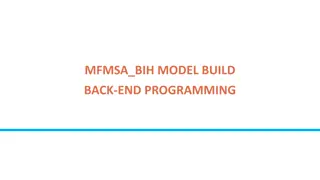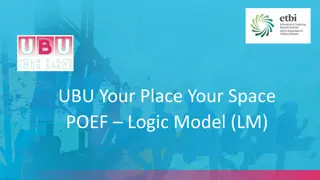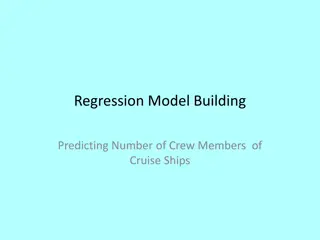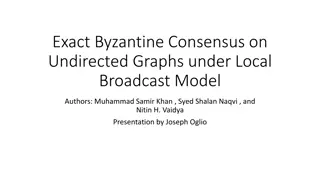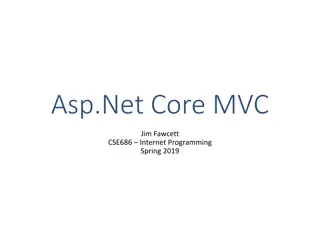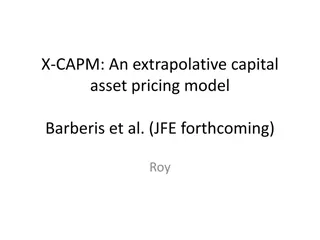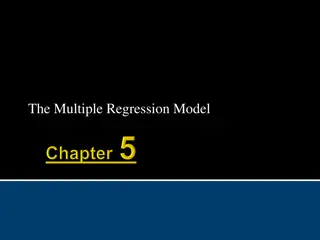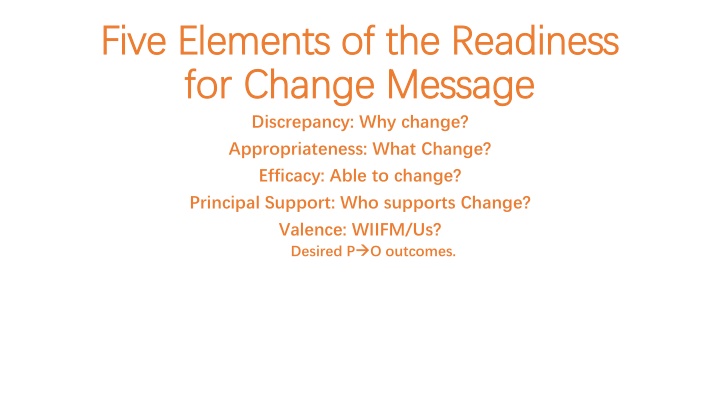
Elements of Change Readiness: Strategies, Implementation, and Agents
Explore the essential elements of readiness for change including message strategies, implementation strategies, change agents, and change targets. Dive into organizational culture and the importance of active participation in successful change initiatives.
Download Presentation

Please find below an Image/Link to download the presentation.
The content on the website is provided AS IS for your information and personal use only. It may not be sold, licensed, or shared on other websites without obtaining consent from the author. If you encounter any issues during the download, it is possible that the publisher has removed the file from their server.
You are allowed to download the files provided on this website for personal or commercial use, subject to the condition that they are used lawfully. All files are the property of their respective owners.
The content on the website is provided AS IS for your information and personal use only. It may not be sold, licensed, or shared on other websites without obtaining consent from the author.
E N D
Presentation Transcript
Five Elements of the Readiness Five Elements of the Readiness for Change Message for Change Message Discrepancy: Why change? Appropriateness: What Change? Efficacy: Able to change? Principal Support: Who supports Change? Valence: WIIFM/Us? Desired P O outcomes.
Change Message Strategies Active Participation Persuasive Communication Mgt. of Internal/External Communications Formalization Activities Diffusion Practices Rites and Ceremonies Human Resource Practices
Implementation Strategies for Creating Implementation Strategies for Creating and Maintaining Readiness and Maintaining Readiness The Change Message Discrepancy Appropriateness Efficacy Principal Support Valence Change Leader Attributes Organizational Member Attributes Change Strategies Persuasive Communication Active Participation Mngt. of Internal & External Information. Formalization Activities Diffusion Practices Symbols, Rites and Ceremonies HRM Practices
Change Agent Change Agent (or Change Leader) (or Change Leader) Credibility of leader Honesty Competence Forward-looking Inspirational Proximity of leader Immediate Global Inside/outside
Change Target Change Target (Or followers, or employees) (Or followers, or employees) ______________________________ ______________________________ Age/Tenure/Experience Gender Trust in Leaders Location
Also: Organizational Culture or Climate Also: Organizational Culture or Climate Organizational Culture Norms Values Philosophy Rules (formal and informal) Organizational Climate recurring patterns of behavior, attitudes and feelings that characterize life in the organization.
Active Participation Active Participation 3 dimensions: Doing (Enactive Mastery) Observing (Vicarious Learning) Participative Decision-making Learning is two-way (for change leader as well as change target) Shapes why, what, who, how, and what s in it for me.
Persuasive Communication Persuasive Communication (Controlling the Narrative) (Controlling the Narrative) Oral and written (Face-to-face speeches audio/video, memos, email, newsletters, annual reports) Framing: Causal Ideological Referential Penitential Shapes why, what, how, and what s in it for me.
Management of Internal/External Information Management of Internal/External Information (Controlling the Narrative) (Controlling the Narrative) Internal sources of information: Employee attitudes, productivity, costs, other performance indicators. External sources of information: Direct contact with customers, articles in the business (or other) press, information obtained on suppliers, competitors, consultants, high- visibility speakers, trade associations, government. Shapes why, what, who, how, and what s in it for me.
Formalization Activities Formalization Activities Changes in strategy Organizational structure Policies, procedures, other formal job requirements (job descriptions, etc.) TQM, Re-engineering, Six Sigma Shape what, how, and what s in it for me.
Diffusion Practices Diffusion Practices How the change is spread through the organization: Pilot programs Site visits Presentations made by respected peers Internal publicizing Transition teams Shape why, what, who, how, and what s in it for me.
Symbols, Rites and Ceremonies Symbols, Rites and Ceremonies (Schein s Artifacts) (Schein s Artifacts) Symbolic practices found in the organization. Symbols are words, objects and gestures which derive their meaning from convention. Symbols may include abbreviations, slang, modes of address, dress codes and status symbols, all recognized by insiders only. Rites: Public performances that signify the consequences of actions and the extent to which these actions are consistent with an organization s values. Ceremonies: Connect two or more rites into a single occasion. Examples: Acronyms, the Executive Dining Room, Retirement Ceremonies, rewards and recognition (e.g., employee of the month). Shape What, who, how, and what s in it for me.
Human Resource Practices Selection Training and Development (or HR Development) Performance Management (or Performance Appraisal) Compensation Shape who, how, why, and what s in it for me.
HR Practice: Selection HR Practice: Selection Who stays Who goes (and how they are treated when they go; for example, downsizing victims) Who gets promoted Who doesn t get promoted Knowledge, skills and abilities
HR Practice: Training & Development Necessary knowledge, skills and abilities for the new way. Team building or development Train the trainer (peer influence) Conflict Resolution Career Pathing
HR Practice: Performance Management HR Practice: Performance Management Feedback: Behaviors and performance of the new way Adoption of the change- Multi-source appraisal system: 360-degree system
HR Practice: Compensation HR Practice: Compensation Extrinsic incentives: Financial compensation Special privileges Recognition ( attaboys/girls , other Promotions Intrinsic incentives: Sense of achievement, accomplishment Confidence in ability to achieve, etc.
Implementation Strategies for The Implementation Strategies for The Change Leader Change Leader The Change Plan To Be Implemented Change Strategies Active Participation Mngt. of Internal & External Information. Persuasive Communication Formalization Activities (policies/practices) HRM Practices Symbols, Rites and Ceremonies Diffusion Practices
Conclusion Conclusion Managing change from readiness to successful implementation is complex. Each of the strategies can interact with others (e.g., using a ceremony to reward those successful in the change). Thus, change is dynamic. Readiness must be managed for the duration of the change. There are NO miracles.

